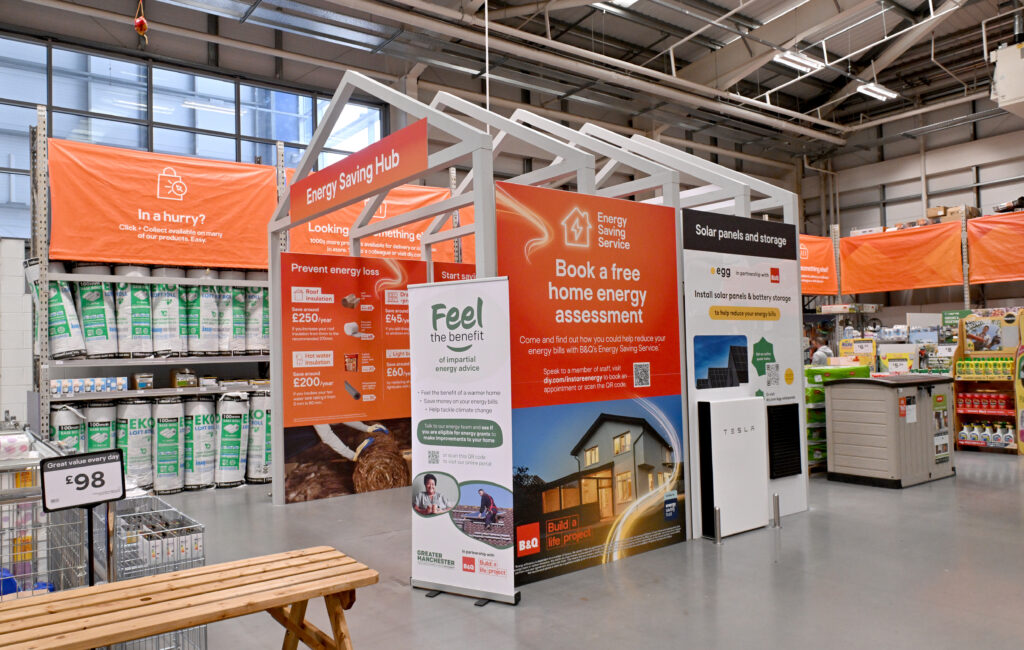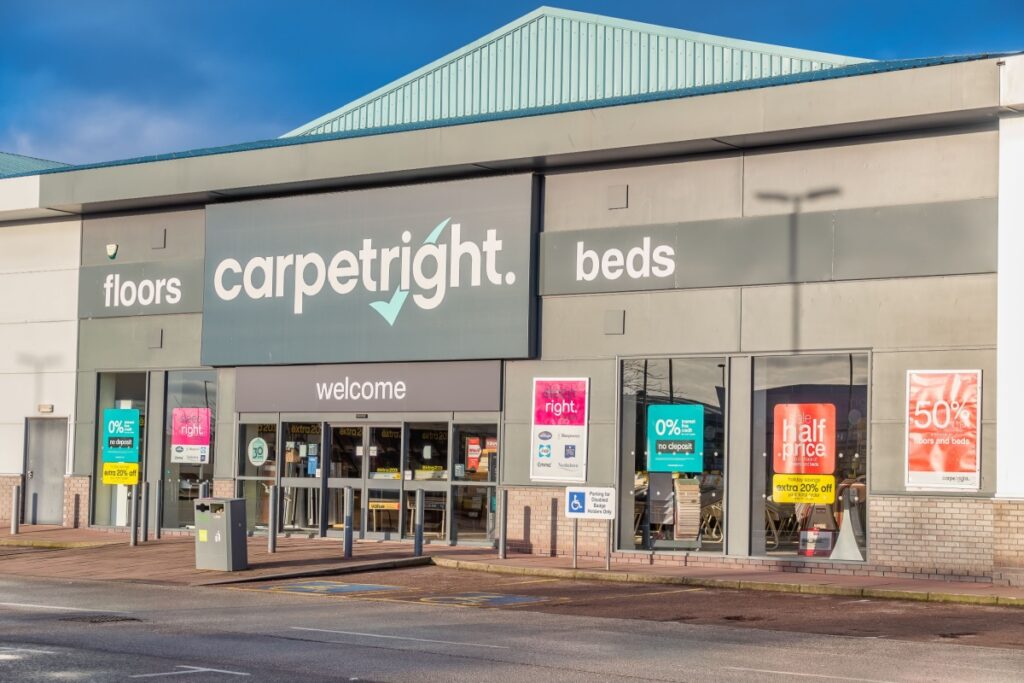Without a doubt, effective retail design can have a tangible and far-reaching impact on a business. It can increase footfall and sales, ensure that a brand is correctly positioned (and here to re-align where it is not), and allow differentiation from its competitors.
Without a doubt, effective design helps to boost customer understanding and enjoyment of the products and the brand itself – and therefore sales! Retail design helps to narrate the brand and product story, educate consumers about the pieces, and – ultimately – make the items displayed more desirable as a result.
Design should indeed drive sales. Of course, it does not exist in a vacuum – the product, distribution, staff, pricing and location need to be considered – but good design should deliver increased sales. We have seen recently completed projects recording a 40% spike in sales above aggressive targets, because the brand has been captured and correctly portrayed in-store as a brand touch point.
The store environment is the ultimate showcase and the physical touch point between the brand and the customer. It physically and emotionally reaches out and embraces them and it‘s also a great opportunity to actually talk to customers directly. Creating this space where a customer can be completely immersed in the brand really brings it to life and is what allows a customer to fall in love with a brand, becoming a true brand advocate.
In the digital age its importance only increases. As customers can buy almost everything online, retail environments definitely need to offer a richer experience for consumers than ever before. The physical space can be smaller and the levels of stock can be lower but the actual experience needs to be more stimulating with the brand turning up the volume on aspects such as design, knowledge and service.
A great example was a recent overhaul which we did for The Whisky Shop of their flagship store. The Whisky Shop wanted a design which educated and informed its consumers whilst reflecting the high-end credentials of the brand. Their newly designed store brings the product and the process behind its creation to life, whilst retaining its premium feel. The overhaul of their flagship store confirmed their correct brand positioning as accessible luxury, and has given the brand a well-established platform from which to aim onwards and upwards. A further demonstration of the success is that The Whisky Shop later rolled the design out to their regional flagship store in Manchester.
The environment in which products and services are displayed and purchased does add an inherent value and consumers infer a huge amount about the relative merits of a brand from their in-store experience. Even other players in the retail space will elevate their perception of a brand and store as a result of the messages their in-store environment portrays.
Retail design also has an incredibly important role to play in positioning a brand to its consumers – and, perhaps more importantly, re-positioning it when it‘s incorrectly aligned. Interestingly, one of our clients even told us that their staff retention rate was much higher, their employees were more engaged and proud of their work, and that even the standard of applicant to each new position was much increased. It‘s evident that correct positioning impacts on every aspect of your retail brand in a virtuous cycle.

















